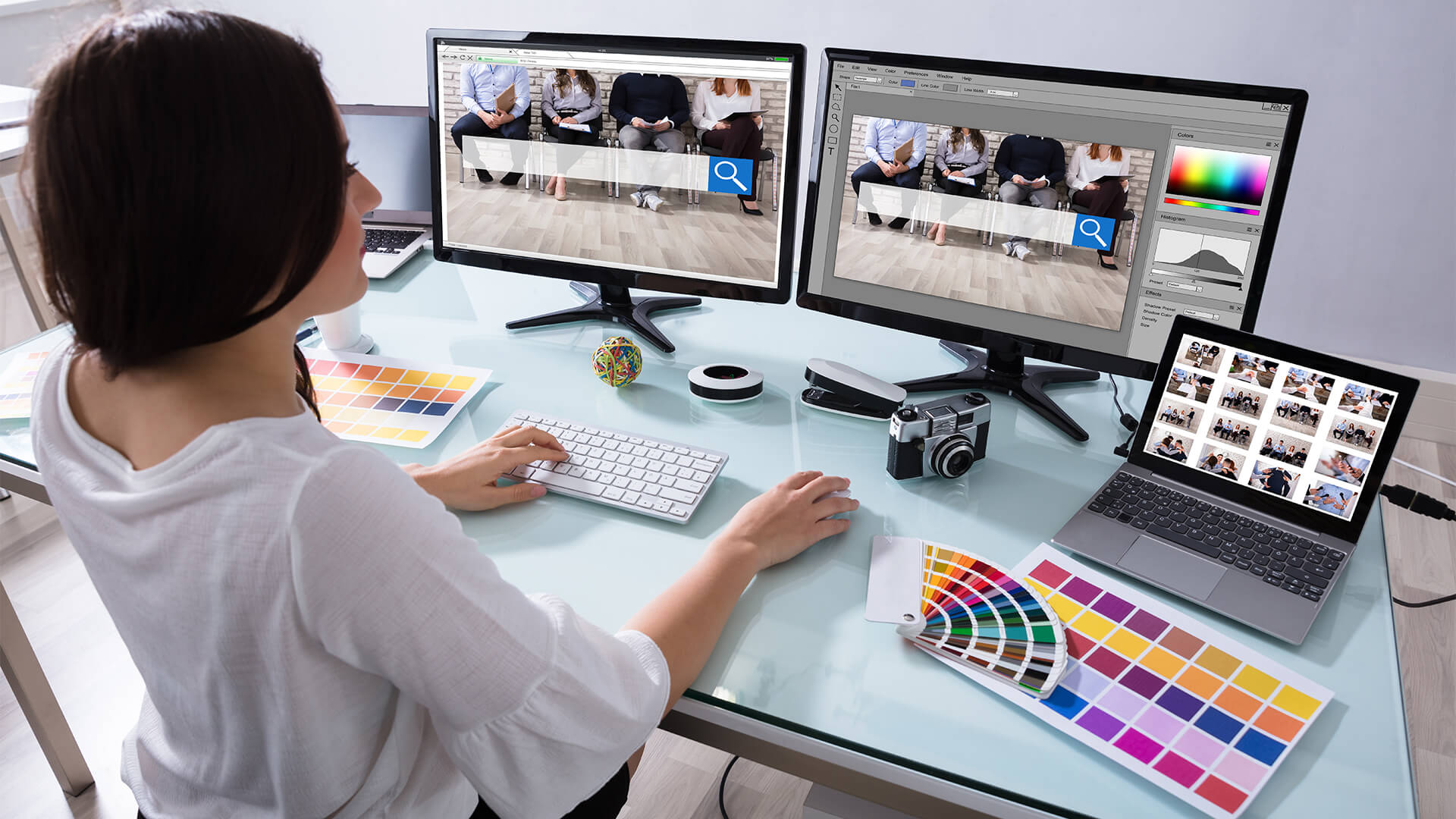Aligned Position Web Design: Transform Your Online Presence with Expert Web Design Services
Aligned Position Web Design: Transform Your Online Presence with Expert Web Design Services
Blog Article
The Best Sorts Of Website Design to Boost User Experience and Interaction
In the ever-evolving landscape of electronic interaction, the performance of Web design significantly impacts customer experience and engagement. Different design approaches, such as minimalist, responsive, and interactive designs, each offer distinct advantages that can cater to varied user demands.
Minimalist Web Layout
As digital landscapes become increasingly messy, minimal Web design has emerged as a powerful approach to improving customer experience. This layout viewpoint prioritizes simplicity, concentrating on vital aspects while getting rid of unneeded diversions. By making use of adequate white room, straightforward navigating, and a restricted color palette, minimal design promotes clarity and directs individual attention to vital material.
The core concept of minimal Web design is to create a smooth communication for individuals. By decreasing cognitive tons, users can quickly grasp details without really feeling bewildered. This straight strategy not just boosts functionality but additionally urges interaction, as site visitors are much more most likely to discover a site that is easy and visually enticing to navigate.
Additionally, minimalist design usually emphasizes typography and imagery, making use of these components strategically to communicate messages effectively. In essence, minimalist Web layout is not simply a trend; it is a thoughtful method that recognizes the significance of user-centered style.
Receptive Web Design
In today's varied electronic setting, receptive website design has ended up being essential for creating a seamless user experience across a wide variety of tools. As users access websites on smartphones, tablet computers, desktops, and laptops, the capacity of an internet site to adjust its design and material to various screen sizes and resolutions is vital.
Receptive website design employs flexible grids, images, and CSS media inquiries to make certain that Web content is provided ideally, despite the tool utilized. This technique not only enhances the aesthetic allure of an internet site yet likewise substantially improves usability. Users are more most likely to engage with a site that supplies a constant experience, as it gets rid of the irritation of having to focus or scroll exceedingly.
By taking on responsive style, businesses can enhance their presence and reach a more comprehensive audience. In recap, responsive Web layout is a fundamental method that boosts customer experience, interaction, and total satisfaction.
Interactive Website Design
Receptive website design lays the groundwork for boosting user experience, however interactive Web layout takes this an action additionally by involving customers in a more dynamic method - Aligned Position Web Design. By incorporating elements such as animations, clickable models, and real-time responses, interactive Web design mesmerizes individuals, attracting them right into a richer surfing experience
This approach not just fosters interaction however additionally urges users to discover material proactively instead of passively eating it. Strategies such as gamification, where users earn rewards for completing tasks, can dramatically improve the moment invested in a website and enhance general contentment. Moreover, interactive functions can simplify complex information, making it more digestible and enjoyable.

Incorporating interactive style aspects can additionally lead to higher conversion prices, as users are most likely to engage with a site that proactively entails them. Aligned Position Web Design. Ultimately, interactive website design changes customer experiences into memorable journeys, making sure that visitors return time after time
Flat Style
Identified by its minimalistic strategy, level design highlights simpleness and capability, removing away unneeded components and concentrating on necessary attributes. This layout ideology focuses on use, ensuring that customers can browse user interfaces with simplicity and effectiveness. By utilizing a tidy aesthetic, flat style eliminates the clutter frequently found in much more luxuriant designs, thereby boosting individual focus on material and functionality.
The hallmark of flat design depends on its usage of vibrant shades, basic typography, and geometric shapes. These aspects contribute to a visually appealing user interface that is both modern-day and approachable. In addition, level style cultivates a sense of quality, permitting customers to recognize important actions and information without distraction.
In addition, flat navigate here layout is specifically efficient in responsive website design, as its simplicity equates well across numerous gadgets and screen dimensions. The absence of detailed textures click here for more info and slopes lessens filling times, which is vital for preserving customer interaction. As digital landscapes remain to develop, flat layout remains an appropriate choice for developing easy to use websites that boost overall experience. By concentrating on vital functions, flat design not just meets customer needs yet likewise urges seamless communication, making it a vital element of reliable website design approaches.
Adaptive Website Design
Adaptive website design customizes the individual experience by producing numerous repaired designs customized to various display dimensions and tools. Unlike responsive design, which fluidly adjusts a solitary layout, adaptive style utilizes unique formats for certain breakpoints, ensuring optimal presentation on various platforms. This approach allows developers to concentrate on the special features of each tool, boosting use by supplying specifically what customers require based upon their context.
Among the main advantages of adaptive website design is its capacity to maximize tons times and performance. By serving tailored web content and images that fit the user's device, internet sites can decrease information usage and boost loading speeds. This is especially helpful for individuals with slower connections or limited information strategies.

In addition, adaptive style facilitates a much more consistent and regulated branding experience. Considering that developers create several formats, they can guarantee that the aesthetic components align with the brand name's identification across various systems - Aligned Position Web Design. This results in a cohesive individual experience, boosting engagement and promoting customer retention
Conclusion
Finally, the assimilation of minimal, responsive, and interactive website design concepts considerably improves customer experience and involvement. Minimal design fosters clearness and focus, while receptive layout ensures versatility across different tools, advertising access. Interactive design mesmerizes individuals with dynamic aspects, motivating expedition and customization. Jointly, these layout comes close to add to the production of straightforward settings that not just boost satisfaction however likewise drive greater conversion rates, highlighting their important value in contemporary Web design techniques.

Minimalist style promotes clearness and focus, while receptive style makes sure flexibility throughout numerous devices, promoting ease of access. Jointly, these design approaches contribute to the creation of user-friendly atmospheres that not only improve satisfaction but also drive higher conversion rates, underscoring their Source critical importance in contemporary Web layout methods.
Report this page